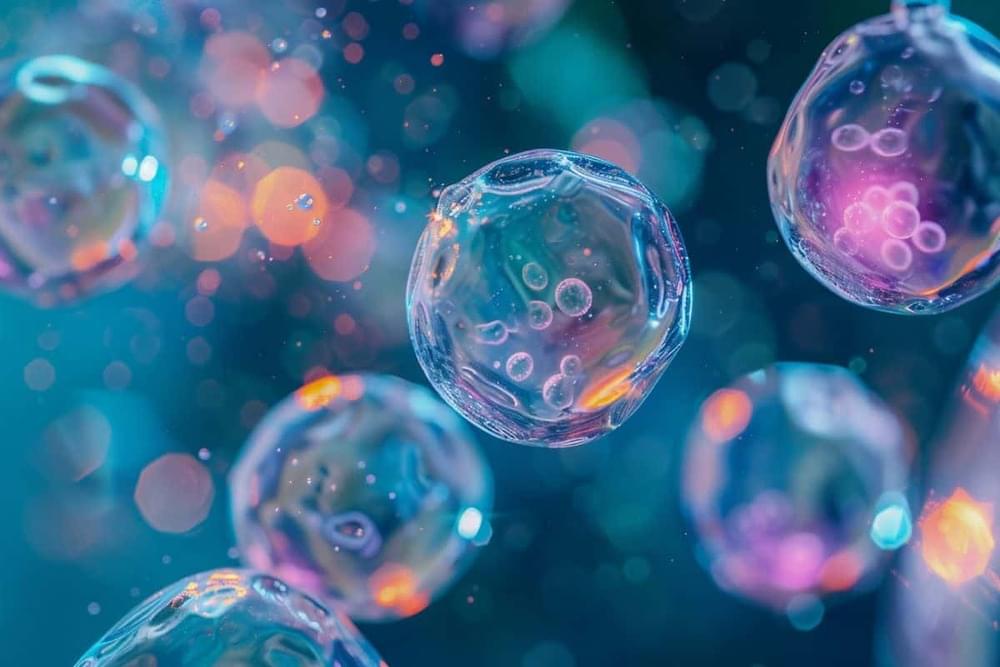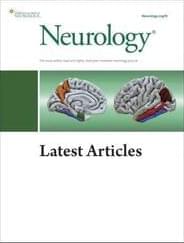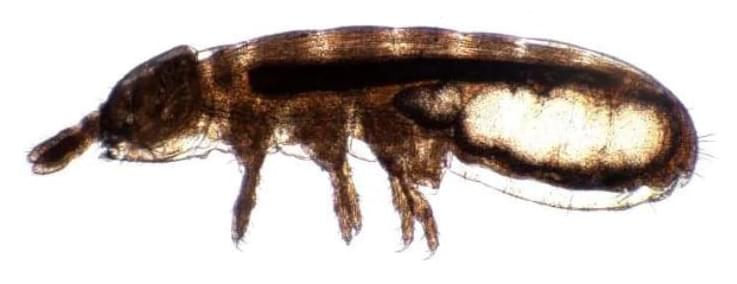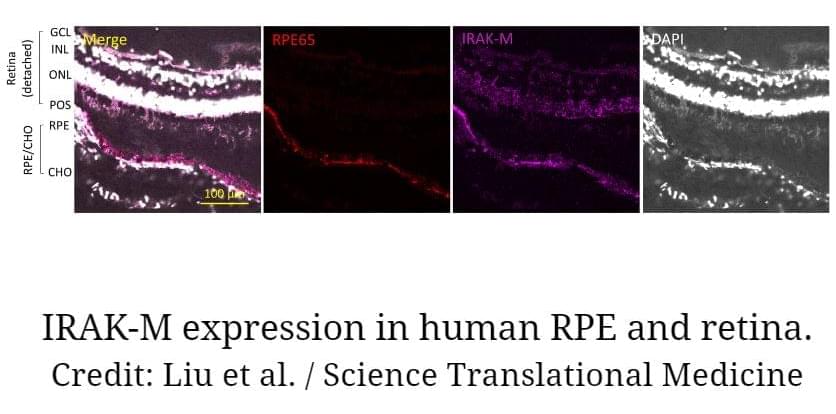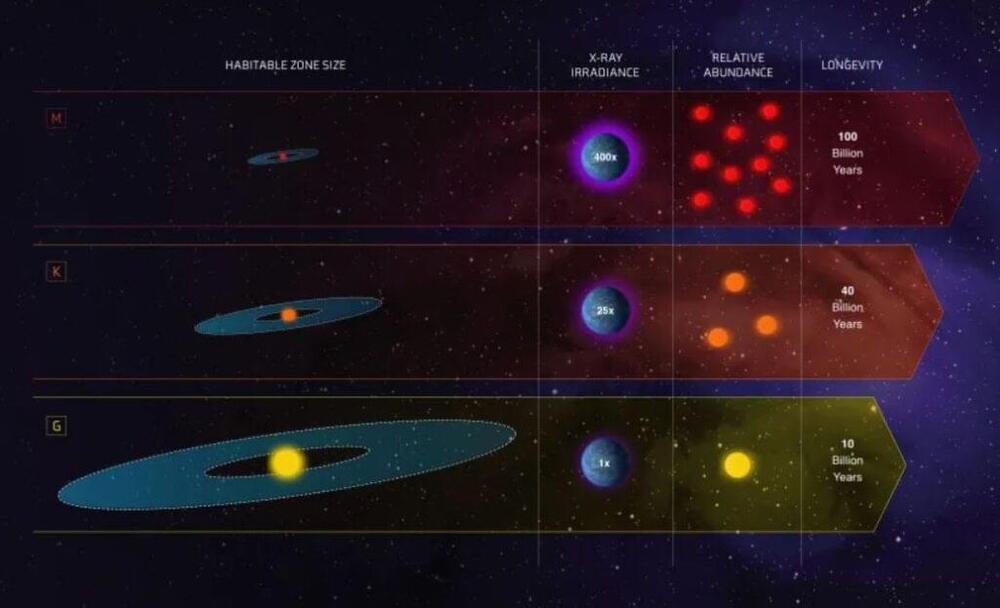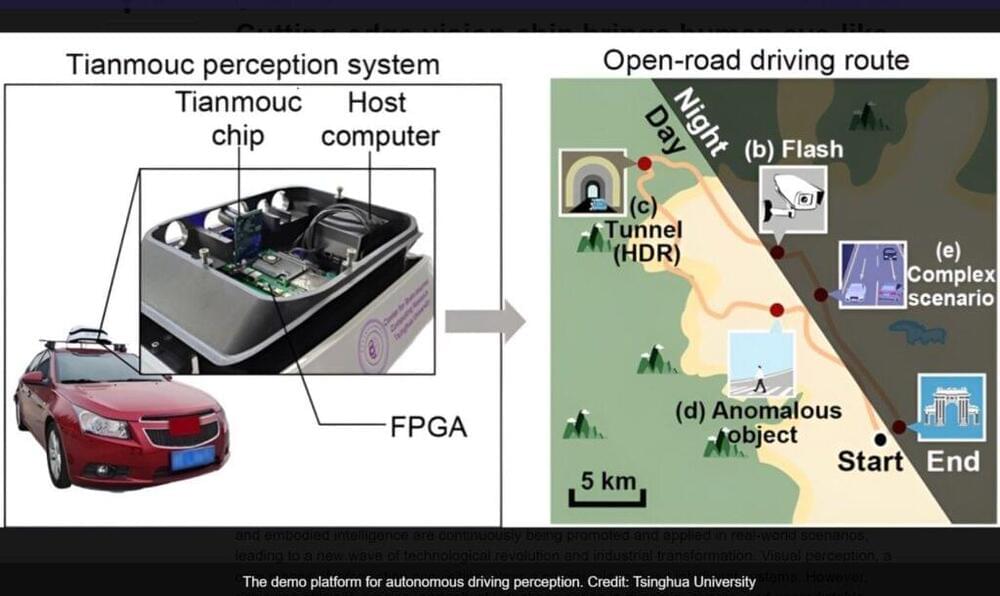Jul 1, 2024
Organoids and Embryo Models: Redefining Human Individuality?
Posted by Shubham Ghosh Roy in category: futurism
Summary: Advances in organoids and embryonic models raise questions about human individuality. A new study argues these models can reinforce, not weaken, the concept of human individuality when viewed through personhood and sentience frameworks.
Researchers emphasize that current technologies are far from achieving personhood in embryo models or organoids. The ethical focus should remain on the wellbeing of actual persons and sentient beings.
